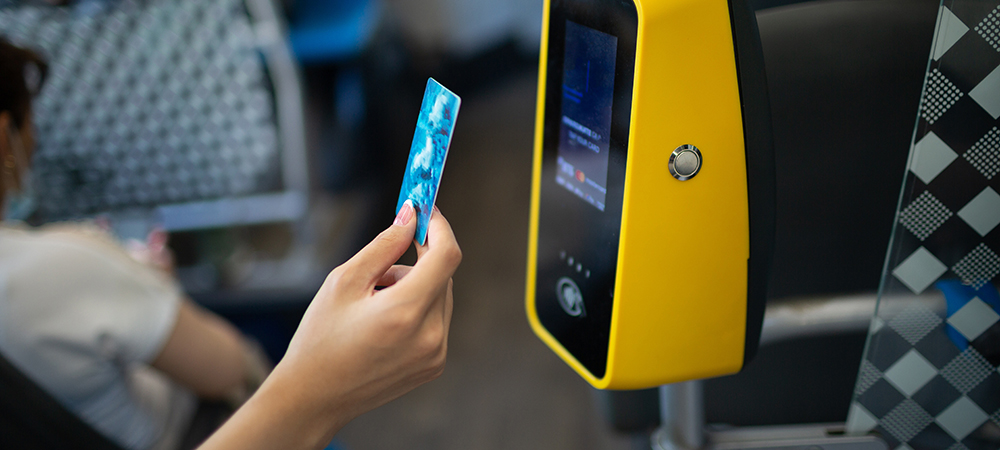Indra has made Lisbon one of the first cities in Europe in which travellers can access the subway with their own cell phone, bank card or smartwatch without having to purchase a ticket or pass beforehand, by applying the EMV (Europay-Mastercard-Visa) universal payment technology, while maintaining the other previously existing travel options.
It’s a state-of-the-art payment system that’s much smarter, more streamlined and convenient. Not only does it enhance the traveller’s experience and provide quick and easy access for everyone visiting the city, but it also minimises plastic and paper consumption and alleviates the work involved in supplying and printing thousands of tickets on a daily basis.
The company has upgraded the access control system with new readers for payments with physical bank cards and virtualised cards, renewed the ticketing back-office system, installed it in the EMV back office and integrated the ecosystem into the financial payment gateway to make the charges. The project has been developed in partnership with Metro de Lisboa and other entities such as Visa and LittlePay.
Ángeles García Sanz, Director of Transit for Iberia at Indra said: “The technological leap that adopting this technology constitutes is huge and it makes Metro de Lisboa one of the most advanced operators in the world. We’re proud to have been, for twenty years, the technological partner of an operator that’s always advocated incorporating the most cutting-edge systems to provide the highest level of service”.
With this new solution, users only have to swipe their card or cell phone when they enter and leave the station and Indra’s system does the rest, automatically calculating the fare according to the route they’ve taken and sending the actual cost of the trip to the payment gateway, which charges it to their account in a secure, transparent and easy-to-understand manner.
This will supersede the old prepaid model and bring in a much more modern and efficient postpaid one based on Account-Based Ticketing (ABT), which is directly integrated into the financial ecosystem to automate collections.
This will reduce the volume of cash transactions and costs. It’s also a system that anticipates the future, enabling the city to move towards a more intermodal and interoperable kind of mobility, eliminating barriers so that travellers can combine means of transport and get around in a much faster, more convenient and environment-friendly manner.




